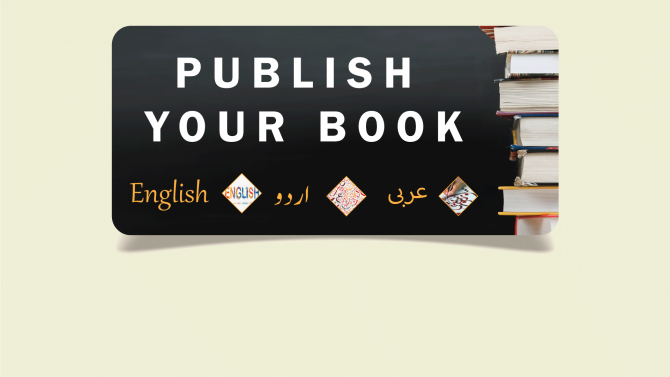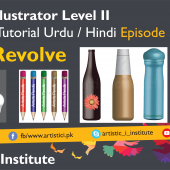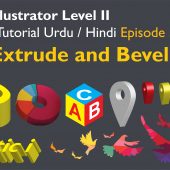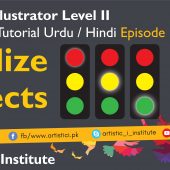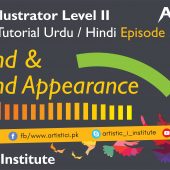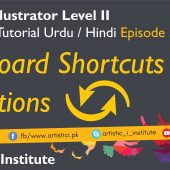Image Trace – Adobe Illustrator – Episode 25 – Urdu/Hindi
Image Trace in Adobe Illustrator is a powerful tool that allows you to convert raster images into scalable vector graphics. In this episode, "Image Trace," we will explore how to use this tool to enhance your design projects.
Introduction
The Image Trace tool in Adobe Illustrator enables you to transform bitmap images, such as photographs or scanned artwork, into vector graphics. This conversion allows for scalability without loss of quality, making it ideal for creating logos, illustrations, and other graphic elements.
Getting Start
Applying Image Trace
- Open Your Image: Import the raster image you want to convert by going to File > Place and selecting your image file.
- Select the Image: Click on the image to select it.
- Open the Image Trace Panel: Go to Window > Image Trace to open the Image Trace panel.
Basic Settings
- Presets: Choose from a variety of presets in the Image Trace panel, such as High Fidelity Photo, Low Fidelity Photo, 3 Colors, 6 Colors, etc. These presets offer different levels of detail and color complexity.
- Preview: Check the Preview box to see the changes in real-time as you adjust the settings.
Detailed Adjustments
- Mode: Select the mode (Color, Grayscale, or Black and White) based on your image and desired outcome.
- Paths: Adjust the Paths slider to control the smoothness of the traced paths. Higher values create smoother paths, while lower values maintain more detail.
- Corners: Use the Corners slider to define the sharpness of the corners. Higher values create sharper corners.
- Noise: Adjust the Noise slider to ignore small details and noise in the image. Higher values reduce the number of traced paths.
Advanced Techniques
Editing the Traced Image
- Expand the Image: After tracing, click the Expand button in the Control panel to convert the tracing into editable vector paths.
- Ungroup and Edit: Right-click the traced image and select Ungroup to separate the elements. Use the Direct Selection Tool to edit individual paths and shapes.
Combining with Other Tools
- Image Trace and Gradients: Apply gradients to traced images to enhance their visual appeal and depth.
- Image Trace and Patterns: Combine traced images with patterns to create intricate and textured designs.
Creating Complex Designs
- Multiple Tracings: Apply Image Trace to different parts of an image separately to achieve varied levels of detail and complexity.
- Layered Tracings: Layer multiple traced images to create complex and detailed vector compositions.
Best Practices
Control and Precision
- High-Quality Source Images: Use high-quality raster images to achieve the best tracing results.
- Consistent Settings: Maintain consistent settings when tracing multiple images for a unified look.
Experimentation and Creativity
- Custom Settings: Experiment with custom settings to discover unique vector effects.
- Blending Modes: Use blending modes with traced images to create dynamic and visually interesting designs.
Conclusion
Mastering the tool in Adobe Illustrator allows you to convert raster images into crisp, scalable vector graphics, enhancing the versatility and quality of your designs. By following the techniques covered in this tutorial, you can improve your workflow and produce professional and engaging artwork. Stay tuned for our next tutorial on Shape Builder & Live Paint in Adobe Illustrator.
Next Tutorial: Shape Builder & Live Paint - Adobe Illustrator Episode 26
Written by admin

